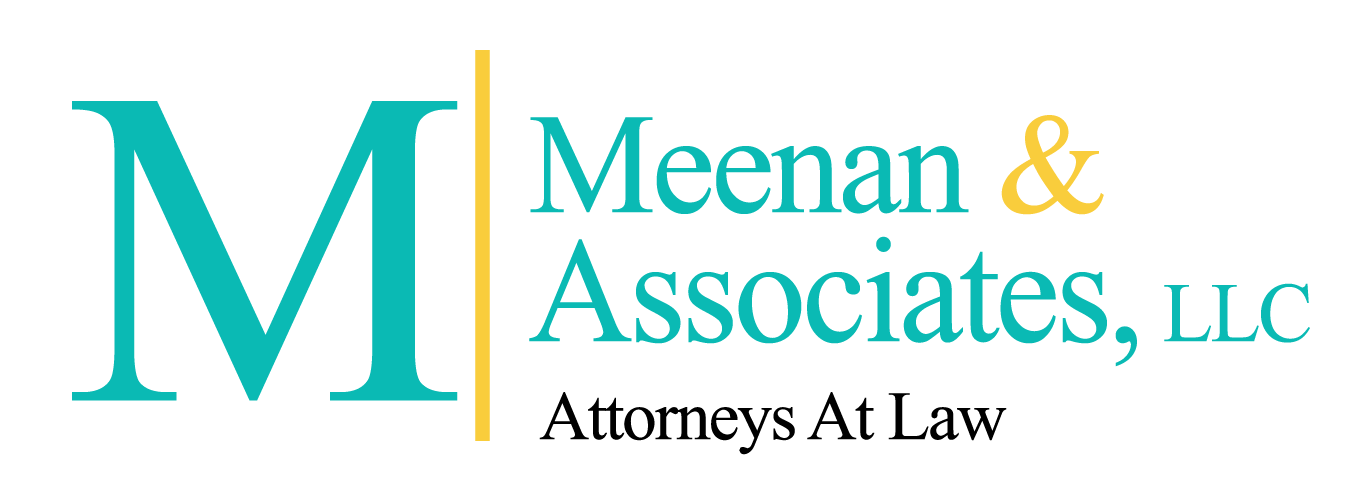The intersection of age and gender, and its adverse consequences for professional women, is the focus of a recent article “Women in Leadership Face Ageism at Every Age,” published June 16, 2023, by Harvard Business Review. In this article, authors Amy Diehl, Leanne M. Dzubinski and Amber L. Stephenson discuss the findings of a recent study of 913 women leaders from various industries. Identifying ageism as “prejudice, stereotypes and discriminatory behavior targeted at older employees”, the authors, not surprisingly, disclosed that the study found that older women not only faced ageism, but women throughout their career life cycle are experiencing the prejudice, stereotypes and discriminatory behaviors previously thought to have only affected older adults, whether male or female.
The study findings are reshaping understandings about ageism, historically characterized by the “misperception that performance worsens and capacity decreases as people age.” The lived experiences of women professionals who participated in the research make clear that misperceptions abound about the capabilities of women at any age. It is used as a justification to exclude women of all ages which an increasingly diverse and multigenerational work force, offering a wide range of evidence, makes clear. The authors discovered from the research that “women suffered from this ‘never-right’ age bias.”
Not surprisingly, the authors found that as women age that are often discounted in that they are not seen as valuable or relevant as their male counterparts. One physician noted, that “[w]hile men become wells of wisdom as they age, older women are seen as outdated, harpy, strident.” Women, over the age of 60, further revealed in interviews as feeling ignored, discounted, discouraged with no hope of advancement.
For those women who are younger than 40, “youngism,” ageism towards younger adults premised on the misperception that tenure is required for competency, leads to role incredulity and not being taken seriously. This group of women expressed having to expend extra effort to prove themselves or having to provide confirmation of qualifications. Also, women of this age noted how their appearance was scrutinized while their performance was ignored; one noted how after a successful presentation a male colleague told her that she “looked like a Barbie doll . . .”
Women of middle age, between 40 and 60, fared no better than their younger or older counterparts. One described how college search committees, familiar to her, chose not to hire women in their late forties for a variety of ageist-based reasons such as too many family responsibilities, impending menopause, or feelings about how the female applicants looked.
The authors found the women participating in the study revealed there was always an age-based reason to “not take women seriously, to discount their opinions, or to not hire or promote them.” The authors assert that the data extrapolated in the study make the larger pattern clear: “Any age can be stigmatized by supervisors and colleagues to claim that the woman is not valued or not fit for a leadership role.”
Urging organizational leaders to pay attention because “age diversity in the workplace yields better organizational performance,” the authors offer several suggestions to address the issues, including training, interactive case studies designed to reveal the biases, and company social media to expose ageism using messaging that taps into the belief system which fosters it. Notably, the authors urge leaders need to address “lookism,” how the pressure to look young and attractive impacts women more than men.
While organizations with open minded leaders and sufficient assets are well suited to address this problem head on, the majority of workplaces in America will continue to use age to justify bias and discrimination against women. For those women, the most powerful antidote remains the willingness and courage to speak truth to power, understanding there is a personal toll to be paid for silence.


